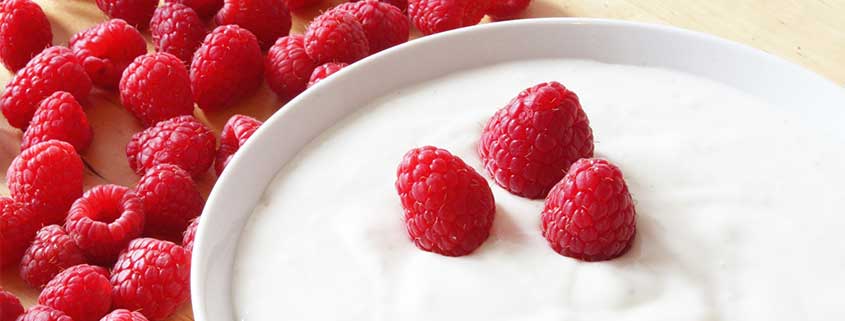Probiotics? What Are They?
Probiotics (Probiotics for Diabetics) are beneficial forms of gut bacteria that help maintain the natural balance of organisms (microflora) in the intestines. They help stimulate the natural digestive juices and enzymes that keep our digestive organs functioning properly. The normal human digestive tract contains about 400 types of probiotic bacteria that reduce the growth of harmful bacteria and promote a healthy digestive system. The largest group of probiotic bacteria in the intestine is lactic acid bacteria, of whichLactobacillus acidophilus, is found in yogurt with live cultures. Yeast is also a probiotic substance. You can support your probiotic intake by eating foods that are a host to these live bacteria.
Now you don’t necessarily need probiotics a type of “good” bacteria to be healthy. Many people use probiotics to prevent diarrhea, gas, and cramping caused by antibiotics. Antibiotics can kill “good” (beneficial) bacteria along with the bacteria that cause illness. A decrease in beneficial bacteria may lead to digestive problems. Taking probiotics may help replace the lost beneficial bacteria.
Although more research is needed, probiotics may also be used to:
- Help with other causes of diarrhea.
- Help prevent infections in the digestive tract.
- Prevent and treat vaginal yeast infections and urinary tract infections.
- Help control immune response (inflammation), as in inflammatory bowel disease.
There are many foods that are known to contain probiotics which you can include in a healthy meal plan. Here are some examples of foods that contain probiotics:
- Yogurt: Yogurt is a familiar source of probiotics containing “good” bacteria likelactobacillus or bifidobacteria that keep a healthy balance in your gut. Look for yogurt with “live and active cultures” listed on the container. One of the best probiotic foods is live-cultured yogurt, especially handmade. Look for brands made from goat’s milk that has been infused with extra forms of probiotics like lactobacillus or acidophilus. Goat’s milk and cheese are particularly high in probiotics like thermophilous, bifudus, bulgaricus and acidophilus. Be sure to read the ingredients list, not all yogurts are made equally.
- Kefir (cultured milk): Thick, creamy, and similar to yogurt, kefir has its own strains of probiotic bacteria, plus a few beneficial yeast varieties. This fermented dairy product is a unique combination of goat’s milk and fermented kefir grains. High in lactobacilli and bifidus bacteria, kefir is also rich in antioxidants.
- Tempeh (fermented soybean cake): Tempeh is high in protein, tastes nutty and smoky and can be marinated and used in meals in place of meat. A great substitute for meat or tofu, tempeh is a fermented, probiotic-rich grain made from soybeans. A great source of vitamin B12, this vegetarian food can be sautéed, baked or eaten crumbled on salads. If prepared correctly, tempeh is also very low in salt, which makes it an ideal choice for those on a low-sodium diet.
- Miso (fermented soybean paste): Probiotic-filled miso reportedly contains more than 160 bacteria strains. It is usually used as soup. Made from fermented rye, beans, rice or barley, adding a tablespoon of miso to some hot water makes an excellent, quick, probiotic-rich soup, full of lactobacilli and bifidus bacteria. However, watch your portions; the soup can be high in salt.
- Milk: Use milk that has been fermented with bacteria such as lactobacillus acidophilus. It might be labeled sweet acidophilus milk. Or even Buttermilk is cultured with lactic acid bacteria which is rich in probiotics. Try other soy milk beverages too.
- Soft fermented cheeses: Research has found the lactobacillus strains in some fermented soft cheeses, like Gouda. In addition, cheese may act as a carrier for probiotics which may possibly boost the immune system.
- Sauerkraut (fermented cabbage): contains the beneficial microbes leuconostoc,pediococcus, and lactobacillus. Unpasteurized sauerkraut contains beneficial bacteria. Made from fermented cabbage (and sometimes other vegetables). Sauerkraut is also rich in vitamins B, A, E and C.
- Kimchi: This spicy and sour red fermented cabbage dish is made with a mix of garlic, salt, vinegar, chili peppers, and other spices. It is loaded with beta-carotene, calcium, vitamins A, B, and C, and contains the “healthy bacteria” called lactobacilli.
- Other Fermented Vegetables: cucumbers, beets, onions, and garlic. These fermented vegetables are made with lactic acid bacteria and preserved.






